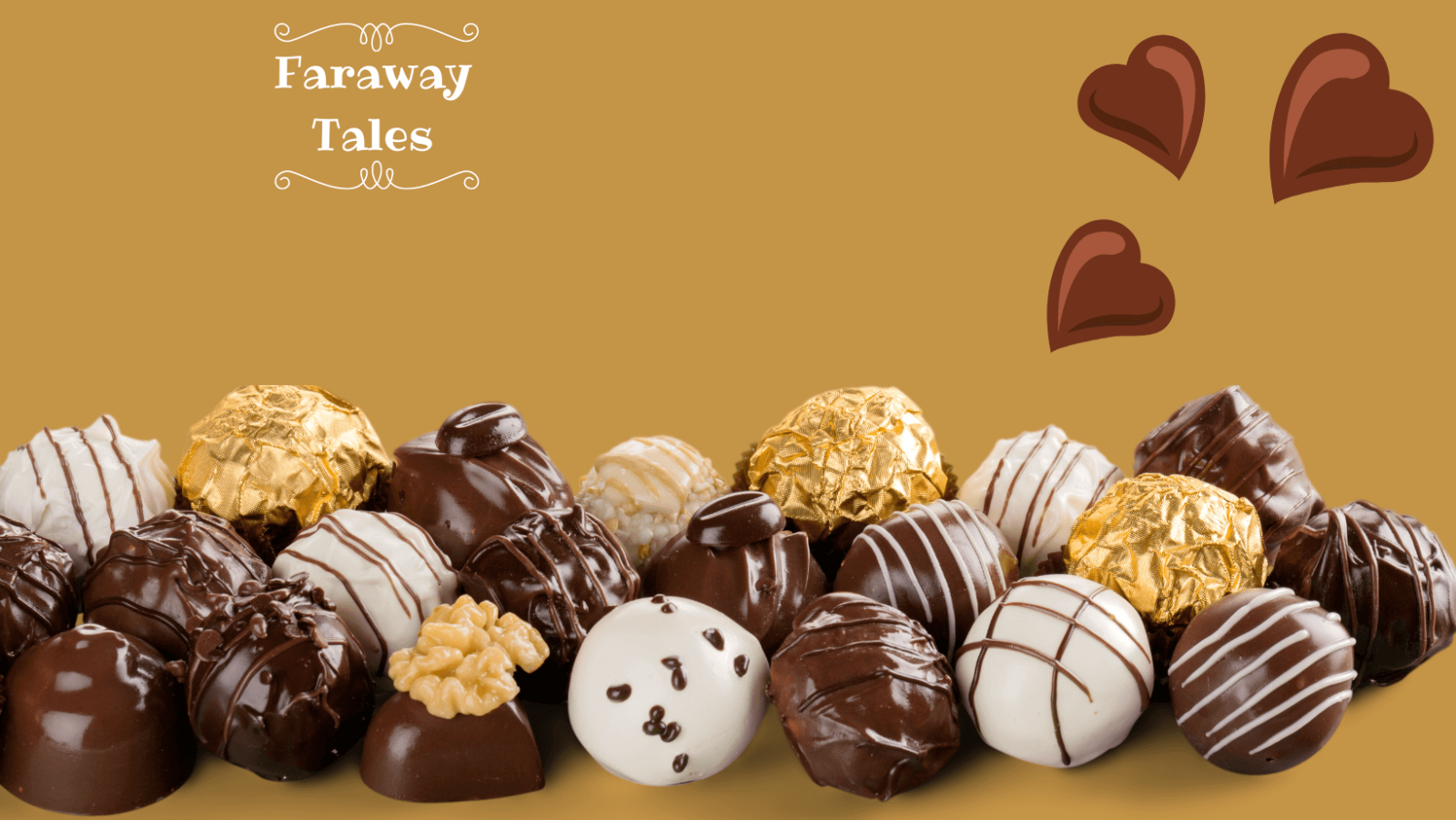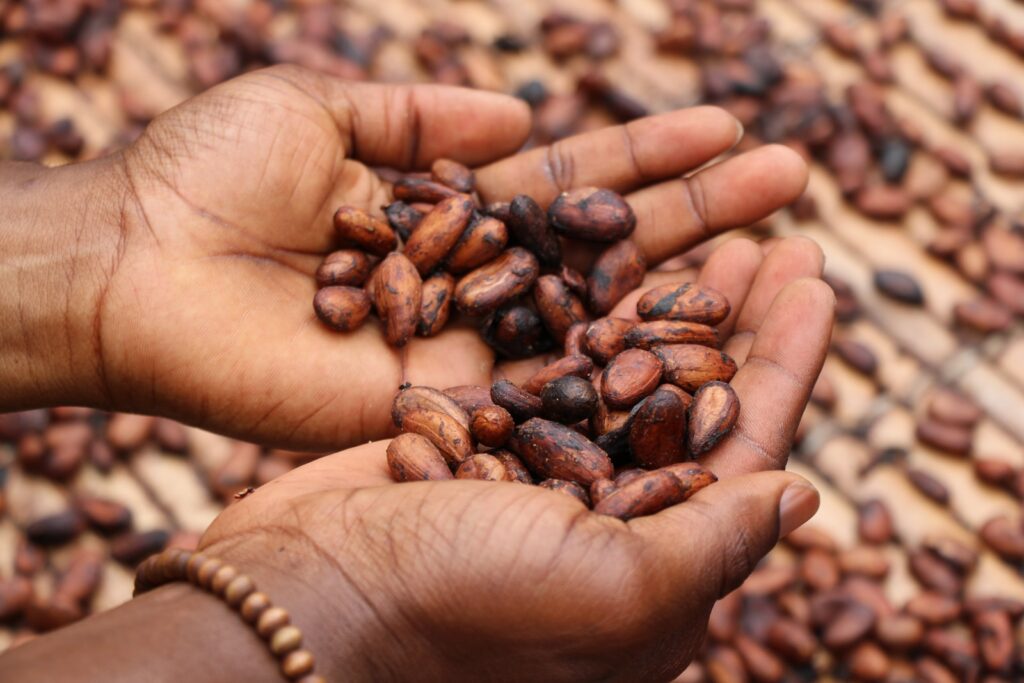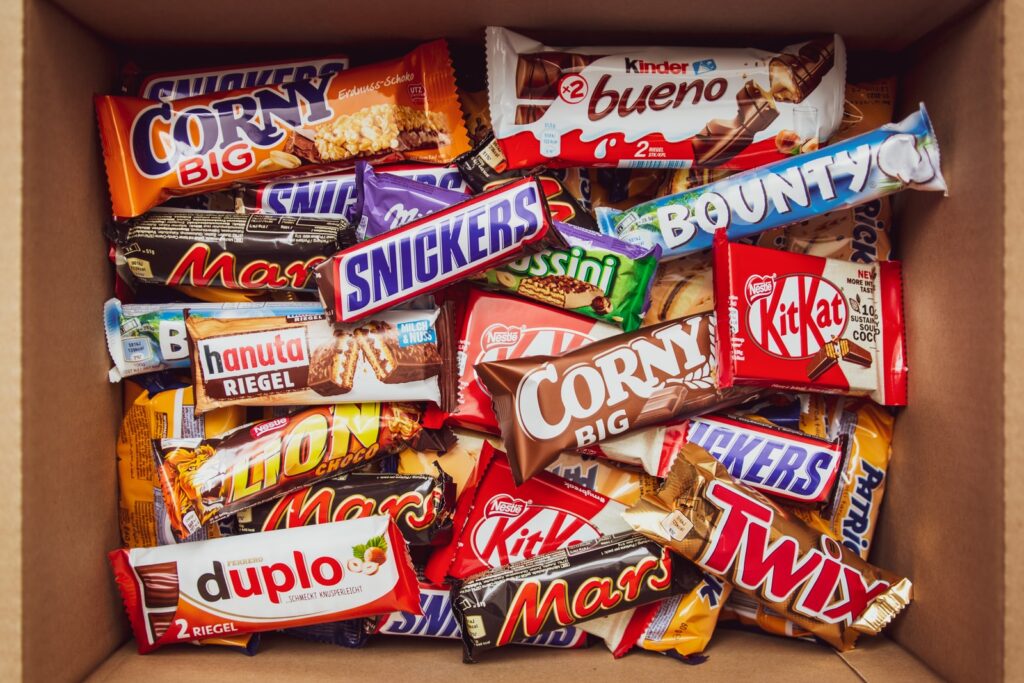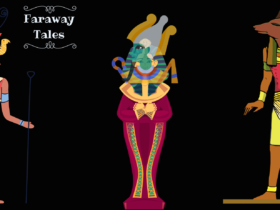|| The History of Chocolate ||
Chocolate’s 4000 year legacy started when the Olmec, one of the earliest civilizations in Latin America (the now Mexico region), discovered cacao plants.
Chocolate was associated with ‘drinking’ rather than eating. The Olmec drank chocolate during rituals in specially decorated bowls.
Centuries later, the Mayans made the chocolate as a savoury beverage, mixing it with roasted and ground cacao seeds mixed with water, corn puree and chillis! ( The Mayan “hot” chocolate)
They poured this from one pot to another creating a frothy beverage called “xocolatl”, meaning “bitter water.”
In the 15th century, the Aztecs used cocoa beans as currency. They believed that chocolate was a gift from the God Quetzalcoatl, and drank it as a refreshing beverage, an aphrodisiac, and even to prepare for war.
There are many versions on how the chocolate travelled to Europe. Some credit it to Columbus, while some believe it is Cortés that brought chocolate to Spain in the early 1500s.
The Spanish drank the chocolate mixed with sugar and honey instead of its original spicy version. Chocolate quickly became popular among the rich and wealthy.
The Spanish held on to their chocolate for 100 years.
In 1615, French King Louis XIII married Anne of Austria, daughter of Spanish King Phillip III. To celebrate the union, she brought samples of chocolate to the royal courts of France.
It wasn’t long before special “chocolate houses” started appearing Britain and rest of Europe. Soon cacao plantations were set up in British, French & Portuguese colonies, mostly in Africa, due to the suitable tropical weather conditions.
After the industrial revolution in 1800s, cocoa powder was extracted from cocoa beans which was then mixed with milk and poured into a mold, where it solidified into an edible bar of chocolate.
And just like that, the chocolate bar was born.
It is interesting to note that the West African countries of Cote D’Ivoire, Ivory Coast & Ghana, which were once colonies, now produce more than 60% of world’s cocoa.
But the US, Switzerland, Belgium and Germany are the largest producers of processed chocolate. There are more than 500 flavours of chocolate, while wine has only 200! Clearly chocolate has more connosieurs.
One last sweet fact:
Did you know that Chocolate’s melting point is 93 degrees Fahrenheit, which is just less than human body temperature. That is why a chocolate melts in your mouth.
Now isn’t that just fascinating?
Like (1)









Leave a Reply